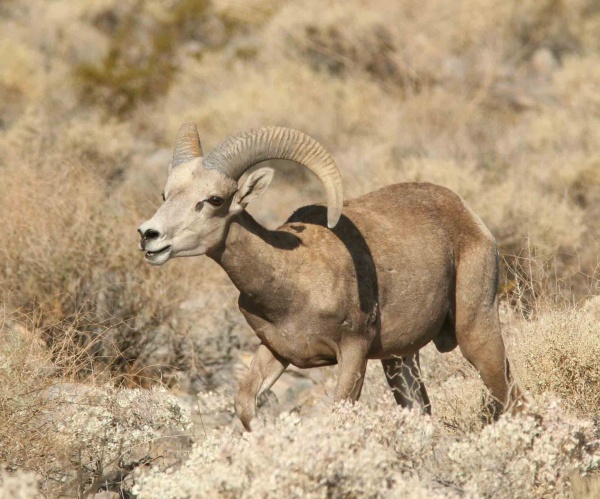 Photo credit: David Lamfrom. Used with permission.
Photo credit: David Lamfrom. Used with permission.
We couldn’t have been more pleased when last year, Senator Dianne Feinstein (D-CA) sought to protect about 1.6 million acres of desert lands which resulted in drafting of the California Desert Protection Act of 2011, and we’re anxiously waiting for it to be the real deal soon. (The original California Desert Protection Act, which became law in 1994, established Joshua Tree and Death Valley National Parks as well as the Mojave National Preserve.)
We’re so pleased we’re giving the act our “stamp of approval.”
The proposed bill (S138) will expand Death Valley and Joshua Tree and will create two new national monuments – the Mojave Trails and the Sand to Snow National Monuments. In addition, the bill would establish many new wilderness areas, and protect important waterways, like the Amargosa River and Deep Creek, as Wild and Scenic Rivers.
It’s one of those great win/win situations for wildlife-loving folks as well as business and community leaders who would benefit from increased recreation and tourism. According to data from the National Park Service, Bureau of Land Management and the U.S. Forest Service, outdoor recreationists spend more than $230 million annually visiting the region; the two national parks bring in nearly 3 million visitors each year (sure, it’s no Yellowstone, but nonetheless that’s a hefty number of bodies).
Currently, the bill has been referred to the Senate’s Energy and Natural Resources Committee where it’s being reviewed.
What we love about the bill is that the diverse desert wildlife –including the spectacular California bighorn sheep, western burrowing owl and desert tortoise – will have more room to roam and that human access will be limited but still very much available.
“It’s very exciting,” says David Lamfrom who’s the National Parks Conservation Association go-to man for all things California desert. “This proposal is a long time coming and it’s been an uphill battle, but we are getting the support we need with the local community, stakeholders, preservationists and chambers of commerce. We’ve accommodated all the concerns raised by people who want to be able to use the desert.”
“[The bill] is going to happen; it’s now just a matter of when,” he says.
In addition to his duties supporting the bill, Lamfrom is an author, photographer and educator; he’s received a grant to take high school students out into the Mojave Desert to learn the art of wildlife photography and to witness first-hand the restorative beauty of the deserts.
Lamfrom sees the desert as one of an almost holy place because of its stark splendor that almost instinctually meditative qualities. Wildlife adds graciously in the scenario, wildlife that will have more freedom and protection. “Because we all know that wildlife can’t read topographical maps or respect political boundaries,” he says. “They go where they need to be.”
Speaking of going where you need to be, this is the perfect time of year to head over to Joshua Tree National Park that is celebrating 75 years – The park was established as a national monument in 1936 by Franklin Roosevelt; it expanded in size in 1994 and re-designated as a National Park when Congress passed and President Bill Clinton signed, the California Desert Protection Act.
This month, wildflowers are in bloom, the weather is cooperating and campsites are ready; it’s an excellent time to drive up Highway 62 to Twentynine Palms to the north entrance of the Park.
Upcoming events include: National Parks Week (April 16-24) means free entry into the park. Earth Day (April 16) celebrations at the Hi-Desert Nature Museum; and Junior Ranger Day (April 23). The parks’ BioDiversity Hunt (April 29-30) at the Oasis Visitor Center involves guided walks, scientist talks and more. Click here to find out more about Joshua Tree’s 75th anniversary.
— Brenda Rees, Editor
